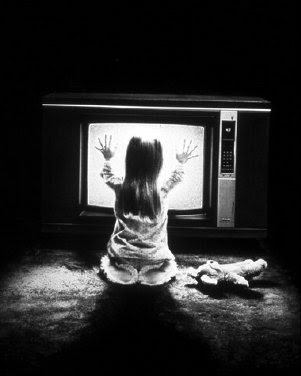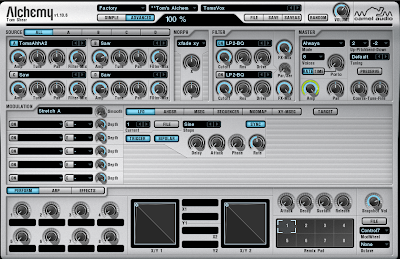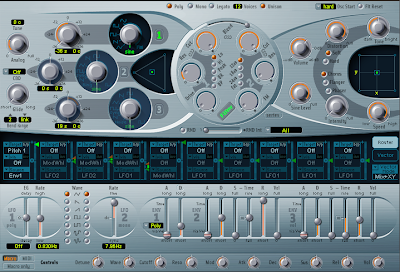
I thought I'd do another one of these since the last one got such a good response. What was the song or artist that got you interested in electronic music in the first place?
I'm still surprised with how vividly I remember mine. I was 8 years old and my family was visiting my aunt and uncle in the midwest. It was a fall day and my cousins and I were playing on their trampoline in the back yard. We had a radio playing some Top 40 type countdown show and this was the week that Gary Numan's "Cars" first charted in the US. When I first heard those Polymoog strings and the white noise clap sounds I froze and asked my cousins what instrument made that sound. They didn't know, and I wouldn't know until a few years later, all I knew is that whatever made those sounds was something I wanted to hear more of.
Cut to almost 30 years later and now I make my living making electronic music. I often wonder how differently my life might have turned out if we hadn't had the radio turned on that day.

















































